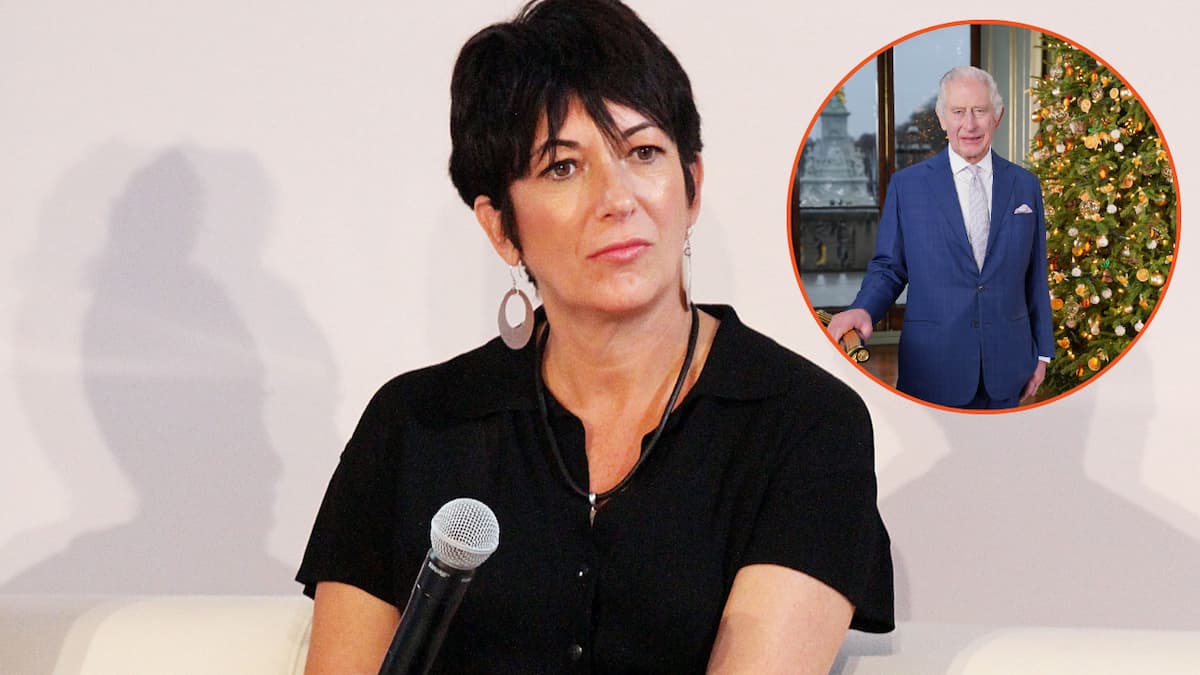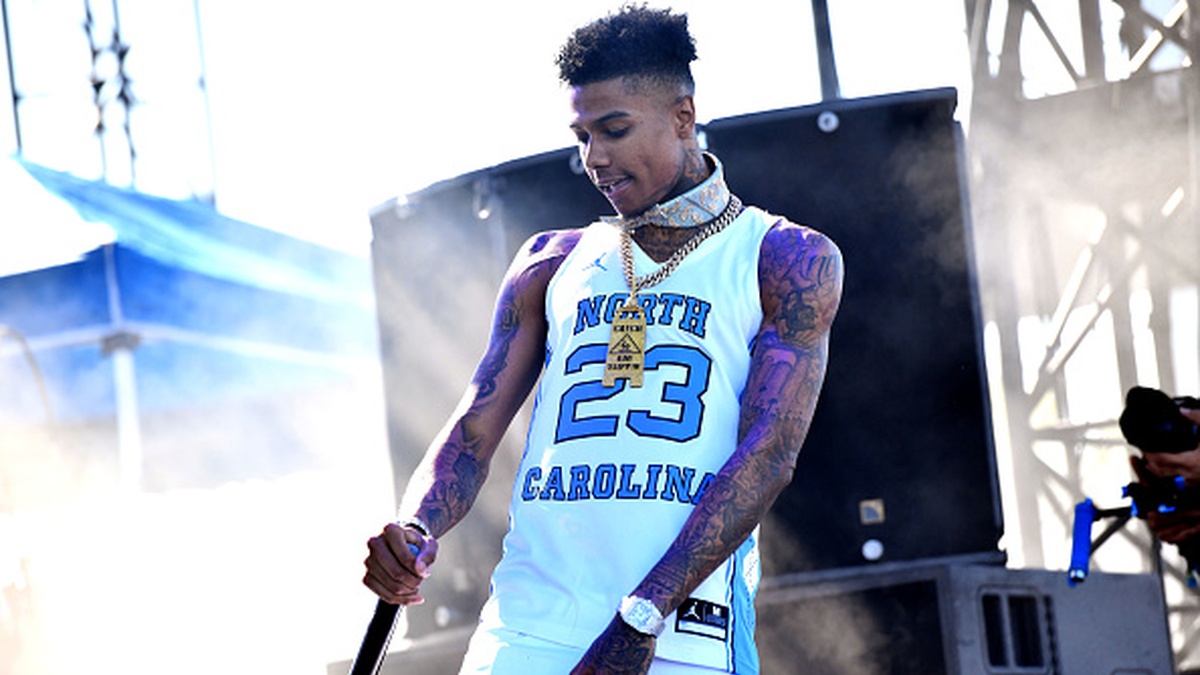Taylor Swift‘s Folklore, the eighth studio album to come from the 32-year-old singer-songwriter, released on July 24, 2020 without prior announcement or warning — an executive decision known as a surprise album. Swift conceived Folklore during quarantine, when the COVID-19 pandemic was in full swing. She wrote a collection of songs and stories using a narrative method known in literary criticism as a “stream of consciousness” (depicting thoughts and feelings from the mind of the narrator).
Originally, Swift had planned a concert tour for her seventh studio album, Lover. Unfortunately, due to the fallout of the pandemic, she canceled the arrangement. During the conception of Folklore, producers Aaron Dessner and Jack Antonoff collaborated virtually with Swift from three separate locations. She recorded her vocals in a self-made home studio. Folklore pursued the classic indie folk, alternative rock, and electroacoustic sound styles, dissecting themes of escapism, empathy, romanticism, and nostalgia.
Folklore smashed the Guinness World Record for “the biggest opening day on Spotify for an album by a female act” and became the best-selling album of 2020. Its lead single, “Cardigan,” soared to number one on the U.S. Billboard Hot 100 record chart. There are 16 songs on the Folklore album, so let’s rank them all from worst to best (but let’s face it: none of them are bad).
16. Epiphany
Although it could be one of Folklore‘s most empathetic songs, the 13th track pales in comparison to its sibling songs. Essentially, “Epiphany” honors the services of essential workers during the COVID-19 pandemic, including doctors and nurses. Swift describes (metaphorically) the tireless work and mental anguish of emergency responders in juxtaposition with the emotional and physical agony that World War II veterans endured.
Despite its sentimental immortalization of the COVID-19 pandemic as a World War II equivalent, “Epiphany” ranks lowest due to its slow-moving pace and drowsy lyrics. After an artist like Swift rose to prominence with upbeat pop songs, “Epiphany” was too much of a deviation to remain interesting amongst its competitors.
15. Hoax
The final song on the standard-edition album, “Hoax,” uses emotionally raw lyrics with a slow and impactful piano ballad. The 16th track concludes Folklore with a poignant sadness that reminds listeners of the sheer departure from Swift’s past endeavors. Emphasizing the flawed nature of romantic relationships, “Hoax” tells the story of a downhearted woman clinging to the remains of her powerful yet painful love.
Although it is exceptionally moving in its delivery, “Hoax” just doesn’t have the influential pathos of its predecessors. In its bones, “Hoax” is nothing more than a traditional love song — of which there are thousands — and it doesn’t bring anything new to the table. However, its significance does equate to the refreshing feeling of coming home after the long spiritual trip that is Folklore.
14. The 1
Folklore‘s opening track, “The 1,” is a soft rock song that was written from the perspective of Swift’s anonymous friend who rediscovers a positive approach towards life and love. Aptly titled for its placement as the album opener, “The 1” sees Swift’s friend yearn for a bygone romance that she believed to be her soulmate. Swift essentially sings about the “what ifs” that surround failed relationships and the forgotten potential of two star-crossed lovers.
Swift’s angelic vocals are complemented by layers of piano, percussion and electronic accents. Its sorrowful yet humorous tone and witty one-liners make the minimally produced indie-pop song one of Swift’s most inventive. Although it reached number four in the Billboard Hot 100 charts, its biggest downfall is its underwhelming presence as it competes with other, more legendary Folklore songs.
13. Peace
Named as Swift’s most personal song, “Peace” is sung from the singer-songwriter’s perspective, based on relevant everyday experiences. In its lyricism, “Peace” shares the difficulties of navigating romance and fame as Swift pledges her commitment to her lover while touching on the negative impact that superstardom has on their private life. Its minimal composition — like many other Folklore tracks — primarily comprises piano tunes with the funky electric pulse of a guitar.
Although several music critics named it one of the best songs Swift has ever written, the stripped instrumentation and killer vocals are enough to see it thrive as a solo song, but not in competition with the fabled Folklore tracks that have become unmistakable in their excellence.
12. Seven
Appropriately named for its contents, Swift’s “Seven” makes use of nostalgic lyricism that focuses on the perspective of a seven-year-old Swift who struggles to comprehend the domestic abuse experienced by her friend, but revisits the memories as a then-30-year-old adult to better understand the horrific trauma. Although it isn’t uncommon for her to explore sensitive themes, somehow the distressing undertones feel more nonconformist than any other Swift exclusive.
Prior to Folklore‘s release, Swift teased the imagery behind “Seven,” saying that it “was about the tree swing in the woods of my childhood. Hushed tones of ‘let’s run away’ and never doing it.” When considering its symbolism, “Seven” is far more noteworthy in terms of creativity and imagination than some other Folklore songs, but it just doesn’t fire on all cylinders like some others.
11. Mirrorball
It goes without saying that the titular mirrorball is used as a metaphor in Swift’s sixth Folklore track. The mirrorball is beautiful yet fragile, multifaceted, mirror-like object, which is characteristic of human nature. Swift uses the imagery as a metaphor for people who hang themselves atop a dance floor and reflect the light to please others, thereby losing their sense of identity and worth in the process.
Honestly, “Mirrorball” didn’t perform as well as some of the other Folklore songs, but it should have. Although it might not be as conventional as some other love songs, its charm lies in its simplicity; the metaphor is fairly self-explanatory, but we can all relate to shapeshifting and adapting our personalities just to appease others.
10. This Is Me Trying
Snatching the 10th spot is “This Is Me Trying,” an orchestral pop song that address themes of regret, accountability, low self esteem, alcoholism and existential crisis. As always, Swift nails the vocal performance and the addition of an organ, slow beats, and horns just ties everything together. Swift had suffered from tabloid gossip during 2016 after she was involved in a highly publicized feuds with rapper Kanye West and media personality Kim Kardashian. Swift wrote “this is me trying” based on feelings of inadequacy and hopelessness. She told Entertainment Weekly, “I just felt like I was worth absolutely nothing.”
Especially with the rise of depression cases during the COVID-19 pandemic due to feelings of extreme isolation, “This Is Me Trying” — although Swift never cited it so — is a love letter to anyone who struggled mentally during quarantine and felt the torment of loneliness. Again, “This Is Me Trying” didn’t receive the immediate recognition of some other Folklore songs, but its mature themes of self-loathing and self-destruction run much deeper than its surface-level chronic sadness. At the end of the day, aren’t we all just trying?
9. Betty
Folklore‘s Americana-inspired “Betty” shares the hardships suffered by two of the three characters involved in a love triangle depicted in three Folklore tracks: “Betty,” “Cardigan,” and “August.” Its lyricism surrounds the complications in a relationship between two fictitious characters named James and Betty and is narrated from 17-year-old James’ perspective. In short, the song is about James’ apology to Betty after having cheated on her.
Not only is “Betty” nostalgic and reminiscent of Swift’s earlier country music songs, it also manages to tell an an engaging story in just under five minutes. There have been talks of “Betty” being a gay anthem (a song popularized by the LGBTQ+ community) since the lyrics don’t explicitly mention James’ gender. Swift first performed “Betty” live at the 55th Academy of Country Music Awards before it was released with Folklore and its vivid storytelling combined with Swift’s experimental gender-swap make “Betty” both underrated and groundbreaking.
8. Exile
As the only collaborative song on the album, “Exile” features American band Bon Iver. For sections of the song, Swift duets with the band’s frontman Justin Vernon to depict an imaginary narrative of two estranged lovers. Comprising gospel, orchestral, and chamber pop elements, “Exile” is minimal, cinematic and heartfelt. It received critical acclaim for the duo’s melancholic vocal chemistry and it is hands-down one of Swift’s best collaborations yet. As Swift iterates, “Exile” uses imagery of “an exiled man, who is walking the bluffs of a land that isn’t his own, wondering how it all went so terribly, terribly wrong.”
It was actually Joe Alwyn, Taylor’s boyfriend, who had written the entire piano instrumental and the first verse of the song. For its soaring harmonies and thematic aspects alone, “Exile” would rank much higher if it weren’t for several more memorable songs.
7. The Last Great American Dynasty
Inspired by the life of a former owner of her Rhode Island mansion — American socialite Rebekah Harkness, one of the wealthiest women in the United States history — Swift primarily sings “The Last Great American Dynasty” from a third-person perspective before a swift change during the last few verses to a first-person perspective. The alternative indie pop song provides a satirical anecdote of Harkness while drawing parallels between her and Swift’s lives.
As a Folklore first, “The Last Great American Dynasty” inspired countless memes about popular movies and television shows using the phrase “there goes the last great American dynasty” — all while cementing its status as a fan-favorite song. Swift’s third track seems to be different both stylistically and thematically compared to the other Folklore entries and that’s what makes it stand out.
6. Illicit Affairs
As its title suggests, “Illicit Affairs” explores an act of adultery and secrecy that Swift explores lyrically using phrases such as “make sure nobody sees you leave” and “so you leave no trace behind.” All these measures that the unnamed characters take to conceal the aforementioned affair brings about an unspoken thrill of being discovered. These affairs often deceive the loved ones of the perpetrators and break several hearts in pursuit of a short-lived fling. Although these characters feel remorse for their actions, they cling to the idea that they have forged a bond that no one else could replicate and therefore the affair is worth the consequences.
Nowadays, a plethora of modern love songs typically center on a forbidden love — a broad term that includes affairs — and these types of songs can be repetitive. However, Swift manages to keep “Illicit Affairs” non-biased in that it places equal blame on both parties rather than shaming one unfaithful partner over the other. It highlights both “the dwindling, mercurial high” that infidelity brings about but also the predictable outcome of inevitable heartbreak. Swift crafts a tender, saccharine love in “Illicit Affairs” that’s so wrong but so right.
5. Mad Woman
Like many other Folklore songs, “Mad Woman” was co-written by Taylor Swift and Aaron Dessner. Swift’s feminist agenda in “Mad Woman” shines through to call out gaslighting and the sexist taboo surrounding women’s anger and whether or not it’s justified. Inspired by Swift’s controversy with talent manager Scooter Braun in 2019 (in which Scooter bought the rights to Swift’s record label from Scott Borchetta without her knowledge), “Mad Woman” tackles themes of mistreatment, wrongful accusation, the unlawful silencing of wronged women and a flawed justice system. Depicting an old widow scorned by her town, “Mad Woman” uses satire to peddle a feminist message at its core that criticizes sexism in a modern age.
When describing her personal connections to the song, Swift told Vogue, “There have been instances of this recently with someone who is very guilty of this in my life, and it’s a person who tries to make me feel like I’m the offender by having any kind of defense. I feel like I have no right to respond, or I’m crazy, or I’m angry. How do I say why this feels so bad?” Prominently featuring piano, “Mad Woman” is dark, cynical and angry — and it sends the clearest message out of all the Folklore songs. Not only that, but Swift drops her first F-bomb in a decade-long career — and it’s badass.
4. August
Rounding out the three-way love triangle with James and Betty, “August” was sung from the perspective of an unnamed character who has an affair with James. In her 2020 concert documentary Folklore: The Long Pond Studio Sessions, Swift stated that she personally refers to the unnamed narrator as “Augustine” or “Augusta.” She sings passionately about her derailed romance with James, who eventually abandons her and reconciles with Betty. Its compelling instrumental evokes a sense of sadness and longing from Augustine’s perspective that critics lauded as a career highlight for Swift — a modern-day pop sensation who continues to dazzle us all.
Interestingly, “August” was conceived before “Betty” and “Cardigan.” Augustine feels strongly about James despite their undefined relationship — or “situationship” — that prevents them from becoming more than mere friends-with-benefits. The month of August — with all its connotations and imagery — captures the feelings of a woman who naively believes that she is in love with a man whose heart belongs to someone else. Essentially, “August” sees Augustine mourn a summer fling that she believes to be true love, but it’s unrequited, and we can all relate to a short-term romance that ends in heartache.
3. Invisible String
Another simple yet effective Folklore title, “Invisible String” suggests a literal thread of gold that connects two soulmates an ushers them through life regardless of how far they venture apart. Swift also alludes to the East Asian folk myth called the Red Thread of Fate — an invisible red cord tied around the fingers of those who are destined to find one another in any situation. Swift’s lyrics depict her perspective of destiny, describing specific scenarios wherein she believes that she and her lover were fated to meet one another. These moments all lead to two strangers finding each other, similar to the belief that soulmates will find one another in any universe, no matter what the circumstances may be.
Blending elements of folk and country, “Invisible String” has an instrumental that relies on acoustic riff and thumping vocal backbeats to generate deep, reverberating sounds. Who doesn’t love a good old-fashioned love song? Unequivocally, “Invisible String” is one of the loveliest Folklore songs for its uplifting belief that everything happens for a reason. Swift has a masterful grasp on song structure and “Invisible String” is the romantic high point that makes the album so irresistible.
2. Cardigan
Rounding out the love triangle trio, “Cardigan” is a slow-burn song that reverses the perspective of “Betty” to give glimpses into Betty’s perception of James. She recalls a comforting romance lost in memories that feels like a fantasy since James had an affair with Augustine. “Cardigan” produce a vivid cottagecore aesthetic that clearly resonated with Swifties. It debuted — at the time — with the biggest opening day of any song on Spotify in 2020 and even snagged the number-one spot of the Billboard Hot 100. Swift told her fans that “Cardigan” is about “a lost romance and why young love is often fixed so permanently within our memories.”
Although it presents itself in a dreamy, innocent manner, the lyrics are still sharp and extremely poignant in communicating that Betty feels betrayed and deceived by James’ affection. The song is a swirling amalgamation of softness and sincerity that somehow manages to portray hurt and jealousy in a gorgeous, seamless folk tune. Betty suffers a resurgence of self-worth and begins to set aside her ideals to rise from the ashes of scorn. Overall, “Cardigan” is effortless, confident and spiteful all rolled into one.
1. My Tears Ricochet
Folklore‘s most haunting tune stems from a true story of betrayal. It blends rock, goth and folk sounds to convey frustration and resentment — the feelings that Taylor holds towards her former record label’s founder, Scott Borchetta, who sold the masters of her back catalog to Scooter Braun. That dynamic is depicted as the ghost of a dead woman who haunts her murderer. Additionally, “My Tears Ricochet” was the first track written for Folklore and it was penned by Swift alone, so it holds the most emotional value.
Swift described “My Tears Ricochet” as imageries of “an embittered tormentor showing up at the funeral of his fallen object of obsession” and “battleships sinking down into the ocean, down, down, down.” Lyrically, “My Tears Ricochet” sees the ghost haunting her own memorial, symbolic of Swift’s bitter cutting of her ties with the founder of Big Machine, Scott Borchetta. Swift manages to take an event specific to her and make it universal, make it relatable, so that everyone can relate to those feelings of betrayal and the anger and hurt that follows. Without the shadow of a doubt, “My Tears Ricochet” is the driving force behind Folklore.











Published: Jul 6, 2022 06:25 pm